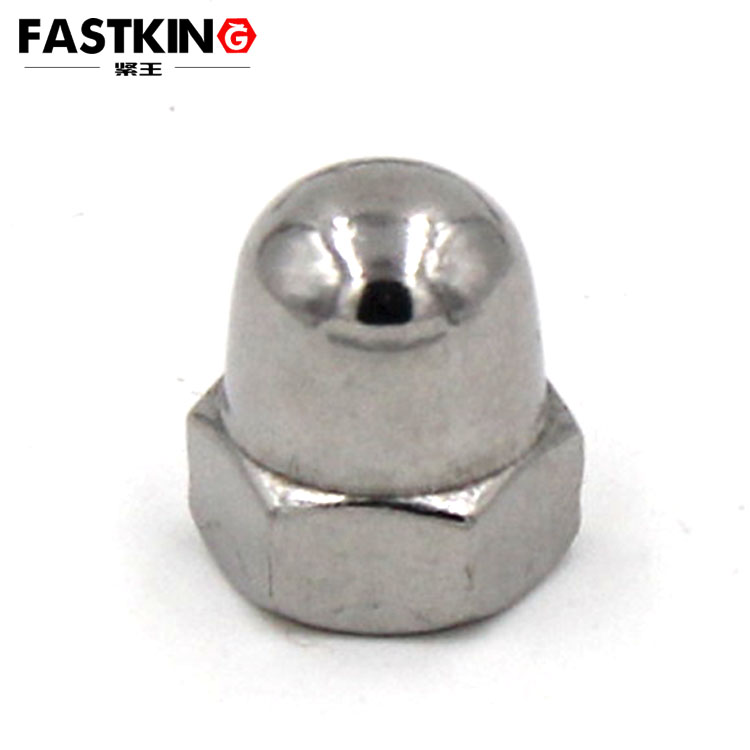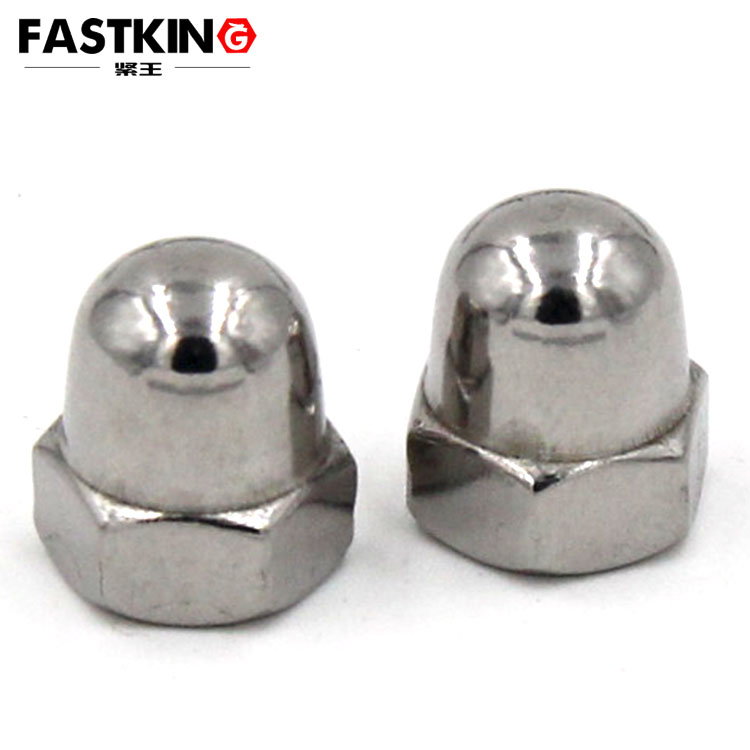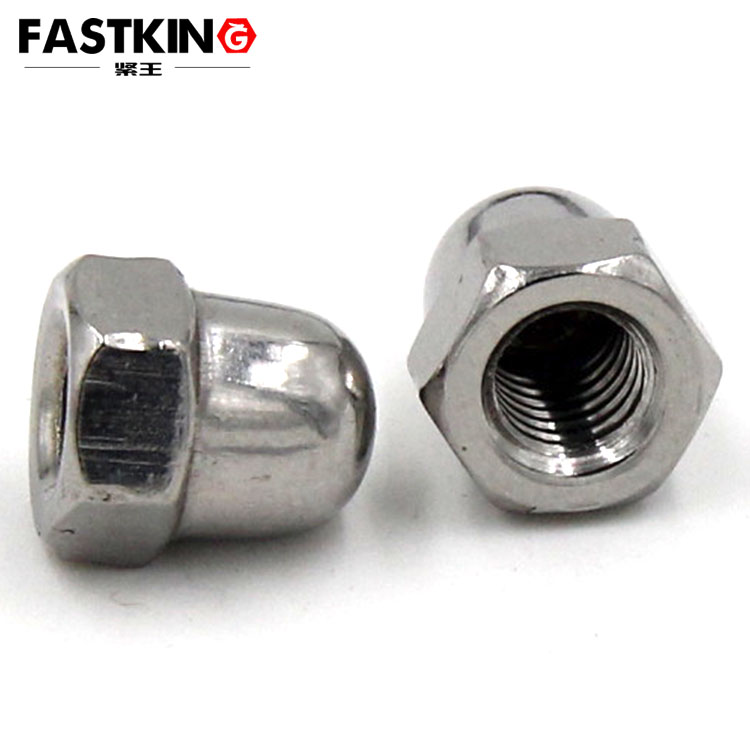Introduction
DIN1587 is a German standard hexagonal dome nut, also known as a hexagonal flange dome nut. It features a hexagonal base and a domed cover, primarily used for mechanical connections and fastening. This nut is designed not only to provide excellent fastening performance but also to offer dust and water protection through its cover design.

Core Advantages of DIN1587 Connectors
Precision Engineering
DIN1587 connectors are manufactured using precision machining processes, ensuring high accuracy and consistency. The contacts are made from high-quality copper alloy and are gold-plated to ensure stable electrical performance and excellent corrosion resistance. The connector housing is made from high-strength metal materials, with a protection rating up to IP68, effectively guarding against harsh environmental conditions.
Electrical Performance
DIN1587 connectors support a maximum working voltage of up to 500V and a rated current of 10A, meeting the power requirements of precision equipment. With a contact resistance as low as 3mΩ and an insulation resistance of up to 1000MΩ, these connectors ensure precise and reliable signal transmission.

Reliable Locking Mechanism
The connectors feature a threaded locking mechanism, making them easy to operate and ensuring a secure connection. The unique anti-misalignment design prevents incorrect connections, enhancing safety during use. Standardized interface dimensions and installation methods ensure good interchangeability and compatibility.
Proper Use of DIN1587 Connectors
Installation
When installing DIN1587 connectors, ensure that the installation surface is flat and clean. Use specialized tools to crimp the terminals securely, ensuring a reliable connection between the wires and the terminals. Pay attention to wire sequence to avoid cross-interference. During connection, verify the alignment of the positioning keys and tighten the threads to ensure a secure lock.
Maintenance
Regularly inspect the connectors for any signs of wear or damage and clean off dust and debris. Check the tightness of the terminals and re-crimp if necessary. Store the connectors in a dry, ventilated area, avoiding direct sunlight and chemical exposure.
Troubleshooting
Common issues include poor contact and housing damage. These can be identified by measuring contact resistance and visually inspecting the connector. Damaged connectors should be replaced promptly to avoid system failure.

Typical Applications of DIN1587 Connectors
Industrial Automation
In the field of industrial automation, DIN1587 connectors are widely used for signal transmission and power connections in precision sensors, measuring instruments, and control devices. Their precise performance ensures the accurate operation of equipment. They are also commonly used in laboratory equipment, testing instruments, and analytical devices, meeting the demands of high-precision measurements.
Medical Equipment Systems
In medical devices, DIN1587 connectors are used in critical components such as medical imaging equipment, life-monitoring devices, and surgical instruments. Their high protection rating and stable electrical performance ensure the safe operation of medical systems.
Aerospace
In the aerospace industry, DIN1587 connectors are applied in navigation and communication systems. Their reliability and precision provide secure electrical connections essential for flight safety.

Conclusion
DIN1587 connectors have become a benchmark in precision connection applications due to their outstanding performance and broad applicability. As industrial 4.0 continues to evolve, DIN1587 connectors will play a crucial role in emerging fields such as smart manufacturing and the Internet of Things, providing reliable connections for precision equipment.
